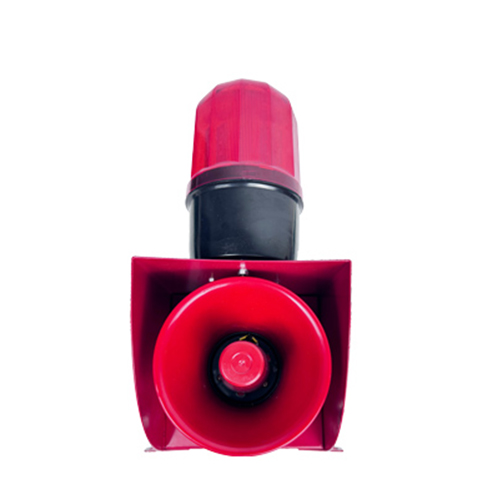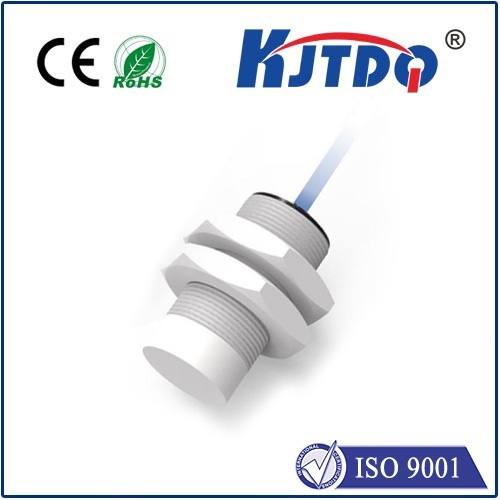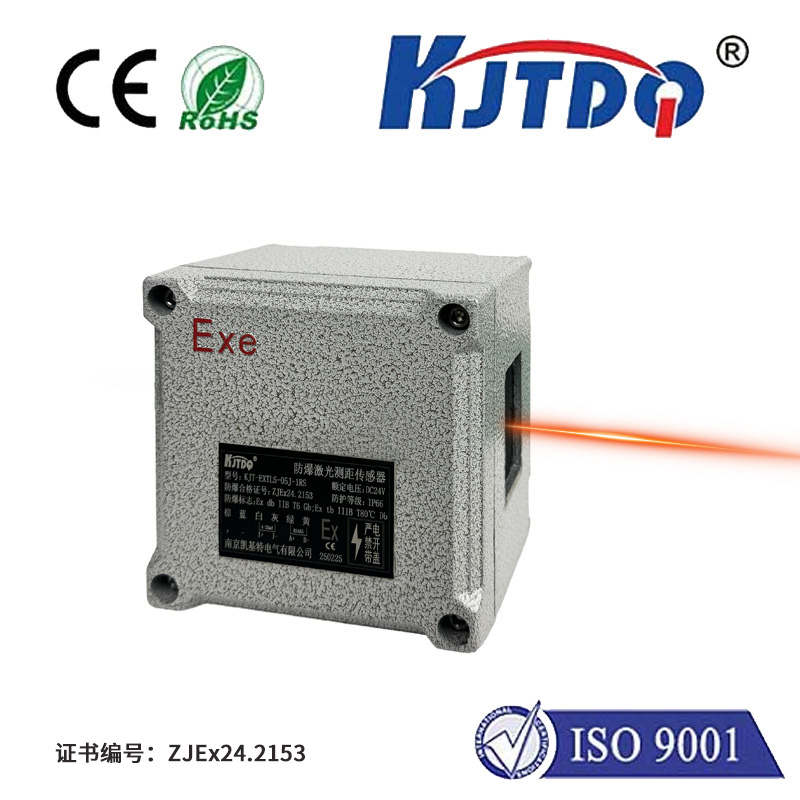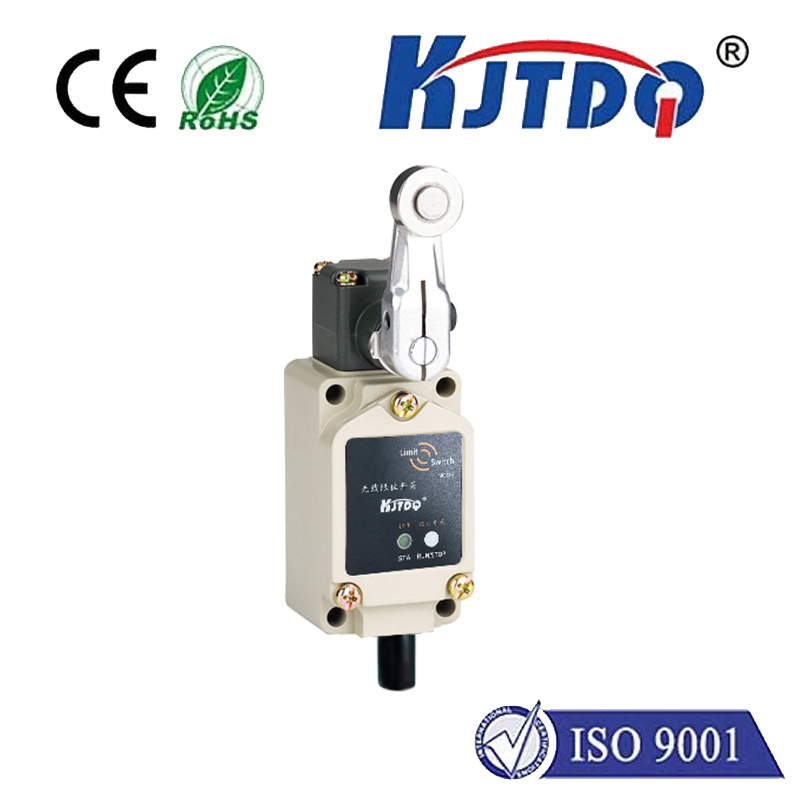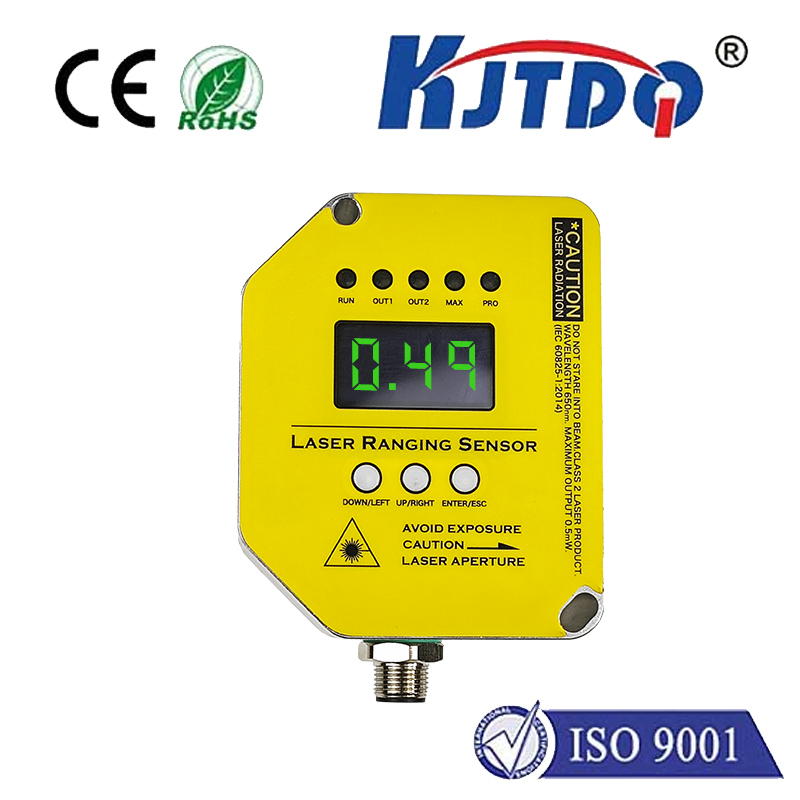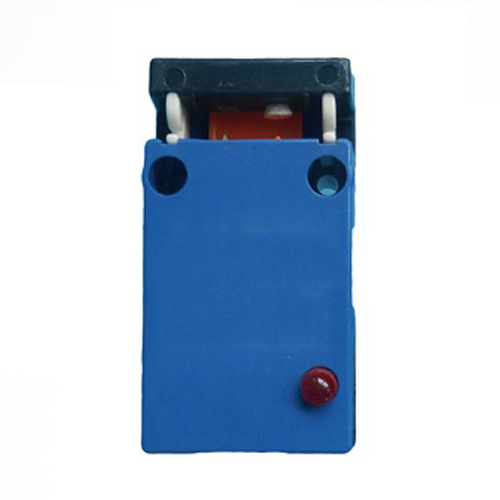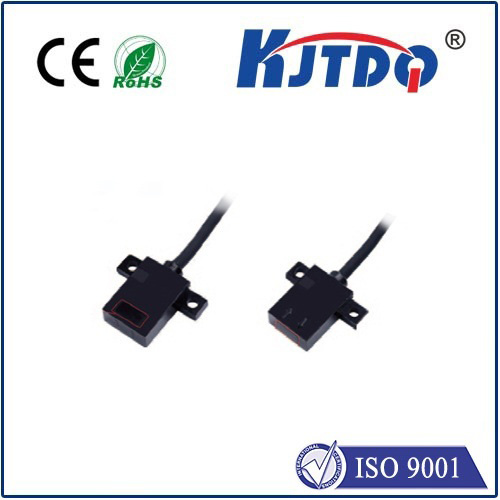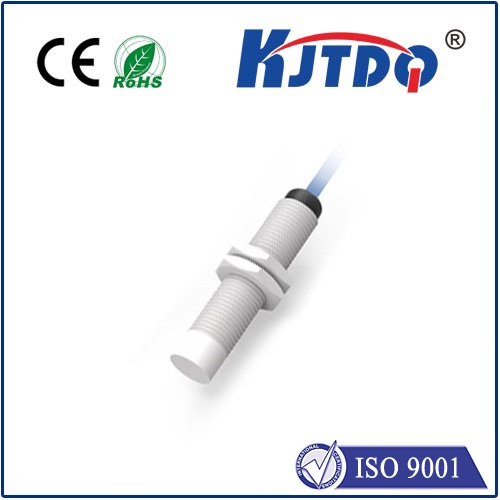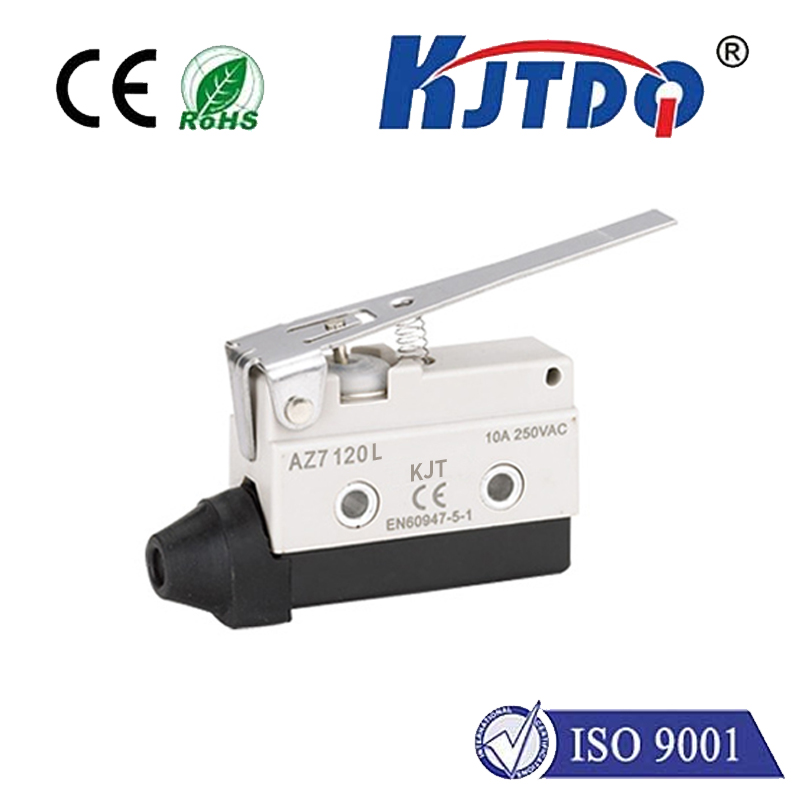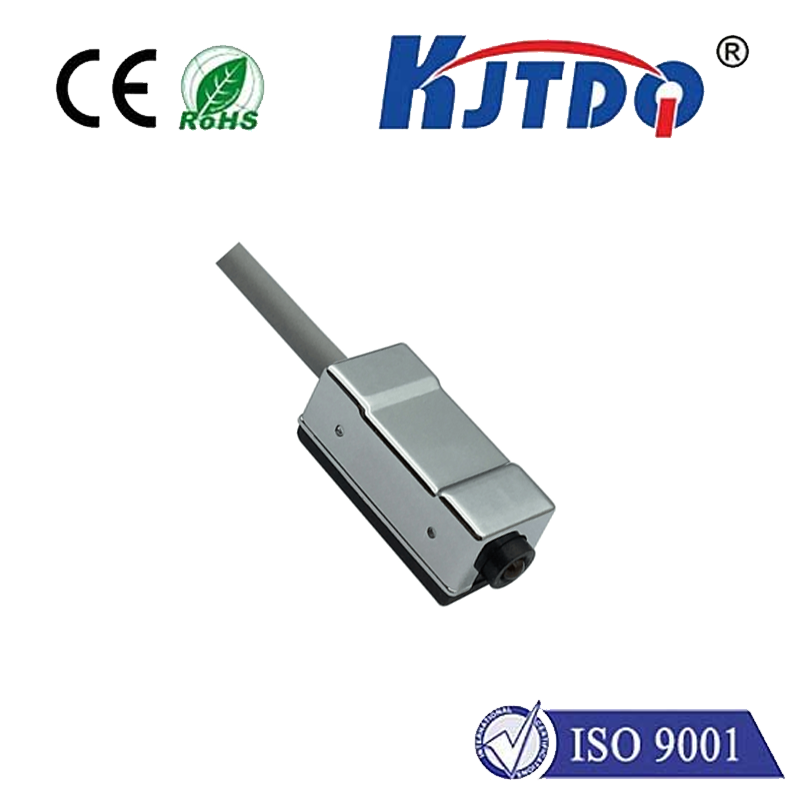

check

check

check

check

check

check

check

check

check

check
Title: "Unlocking the Power of Hydraulic Systems: An Introduction to Limit Switches"
In the world of industrial machinery, hydraulic cylinders play a crucial role in powering various applications. These cylindrical devices convert mechanical energy into hydraulic pressure, enabling the movement of heavy loads with precision and efficiency. However, the smooth functioning of hydraulic systems is heavily dependent on the proper functioning of their essential components, one of which is the limit switch.
A limit switch is a mechanical device that controls the flow of oil or fluid into or out of a hydraulic cylinder. It works by interrupting the flow of oil when a predefined position has been reached, thus preventing the cylinder from moving any further. This allows operators to precisely control the motion of the cylinder, ensuring optimal performance and safety.
There are two main types of limit switches: manual and automatic. Manual limit switches require operator intervention to reset the position of the switch, while automatic limit switches self-reset once they reach their set position. This makes them ideal for use in high-stress environments where manual intervention could be dangerous or time-consuming.
The design of a limit switch includes a trigger mechanism that opens or closes a circuit when the switch is moved to its set position. The switch can be operated manually or electrically, depending on the specific application. Some limit switches also include additional features such as built-in overcurrent protection and temperature sensors, further enhancing their reliability and safety.
In addition to their role in controlling the motion of hydraulic cylinders, limit switches also serve as important safety devices. By detecting the movement of the cylinder beyond its set limits, they can alert operators to potential problems and prevent accidents. They are commonly used in industries such as manufacturing, construction, and transportation, where precise control and safety are paramount.
In conclusion, limit switches are an essential component in the functioning of hydraulic systems. Their precise positioning and ability to control the motion of hydraulic cylinders ensure optimal performance and safety in a wide range of industrial applications. As technology continues to evolve, it is likely that limit switches will become even more advanced, further streamlining operations and improving efficiency in the years to come.
